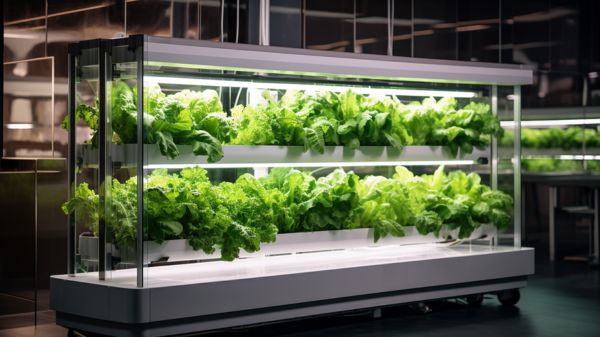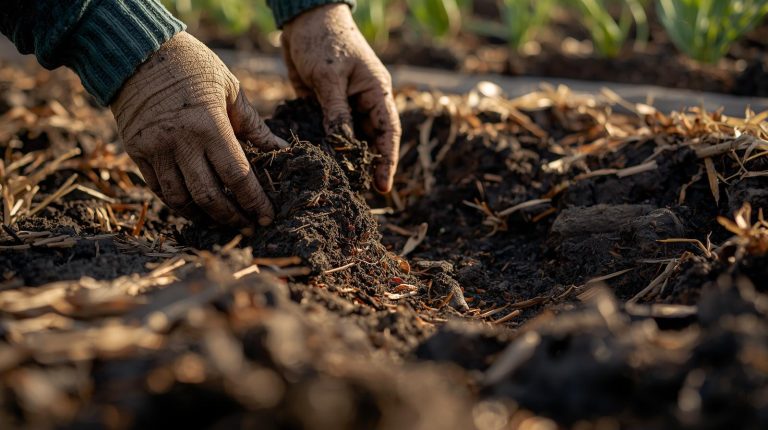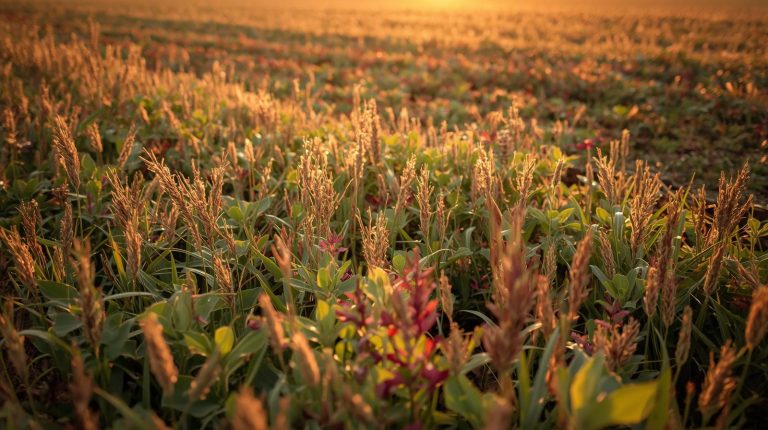As a plant enthusiast, you’re part of a community that cherishes the charm of chlorophyll-filled corners. Mastering the subtleties of sunlight substitutes and temperature tweaks can transform your indoor oasis.
You’ll learn to leverage LED luminosity and dial in desirable degrees, ensuring your greenery thrives. It’s not just about providing light and warmth; it’s about creating a consistent environment where you and your plants flourish together.
By understanding the unique needs of your indoor garden, you’ll cultivate a connection with each leaf and bud. Embrace the journey of adjusting ambiance as you become attuned to the silent language of your leafy companions.
Welcome to the world of nurturing nature indoors, where every adjustment you make fosters a deeper bond with your botanical buddies.
Understanding Light Requirements
Grasping your plants’ light needs is crucial for setting up an effective indoor garden lighting system. You’re crafting a space where your green friends can flourish, and understanding the spectrum of light is key.
Your plants harness specific wavelengths within the photosynthetically active radiation (PAR) range for growth, making the quality of light as important as the quantity.
It’s not just about the amount of light; the light intensity, measured in photosynthetic photon flux density (PPFD), must be sufficient to reach all foliage.
You’ll need to adjust light conditions to mimic natural light cycles, promoting photomorphogenesis and maintaining optimal plant health. As you embark on this journey, remember, you’re not just growing plants, you’re nurturing a community where every member thrives under the right light conditions.
Choosing the Right Grow Lights
Selecting the right grow lights is essential to ensure your indoor garden thrives while maintaining energy efficiency and plant health. LED grow lights offer advantages in both energy consumption and consistent light output, but they also generate heat that must be managed.
To optimize your grow light setup, consider:
- Heat Management: Implement cooling technologies and maintain proper ventilation.
- Light Spectrum: Choose lights with a balanced spectrum that caters to your plants’ needs.
- Photosynthetic Efficiency: Position lights at an optimal distance and use reflective surfaces to enhance Photosynthetic Photon Flux Density (PPFD).
Carefully selected grow lights, considering factors like heat management, will ensure your indoor plants receive the right amount of light without the risk of overheating, thus improving both yield and lifespan of your lighting system.
Managing Grow Light Heat
Implementing effective heat management strategies is crucial to maintaining your indoor garden’s optimal growth conditions and extending the life of your LED grow lights. Your LED units emit specific light spectra ideal for nurturing indoor plants, but they also produce heat that requires careful control.
By integrating cooling systems and enhancing air circulation, you’ll mitigate excess heat that can otherwise compromise plant health and light performance.
Employ heat sinks to disperse temperature efficiently and consider dimming options to reduce energy consumption when full intensity isn’t necessary. Advanced cooling technologies, such as liquid or passive cooling, can further stabilize the environment.
Regulating Indoor Temperatures
After managing grow light heat, you’ll need to focus on maintaining the ideal temperature range in your indoor garden to optimize plant growth and energy efficiency. Implement a Control System that integrates temperature sensors to constantly monitor your grow room to prevent fluctuations that can impact your plants.
These systems allow you to adjust the light intensity and activate cooling equipment as needed. To ensure optimal plant growth:
- Maintain optimal temperature and humidity levels to avoid heat stress.
- Install adequate ventilation to distribute air evenly and remove excess heat.
- Utilize heat sinks and dimmable LED lights to minimize your Carbon Footprint.
Automating Light and Temperature Controls
To seamlessly regulate your indoor garden’s climate, you’ll want to automate your lighting and temperature controls. Employing a master controller, you can adjust your LED lights and other grow light systems to optimize plant growth while minimizing plant stress.
Automating light cycles with precise timers ensures your indoor gardens receive the perfect amount of light, enhancing energy efficiency. Simultaneously, temperature controls keep the environment stable, warding off fluctuations that could harm your plants.
Conclusion
You’ve learned how critical it’s to balance light and temperature for your indoor garden’s success. By selecting appropriate LED grow lights and implementing heat management strategies, you’re ensuring optimal plant growth.
Remember, regulating indoor temperatures and automating controls won’t only maximize yield but also enhance energy efficiency. Stay vigilant with monitoring; your proficiency in managing these elements is key to thriving plants and a sustainable indoor gardening practice.




